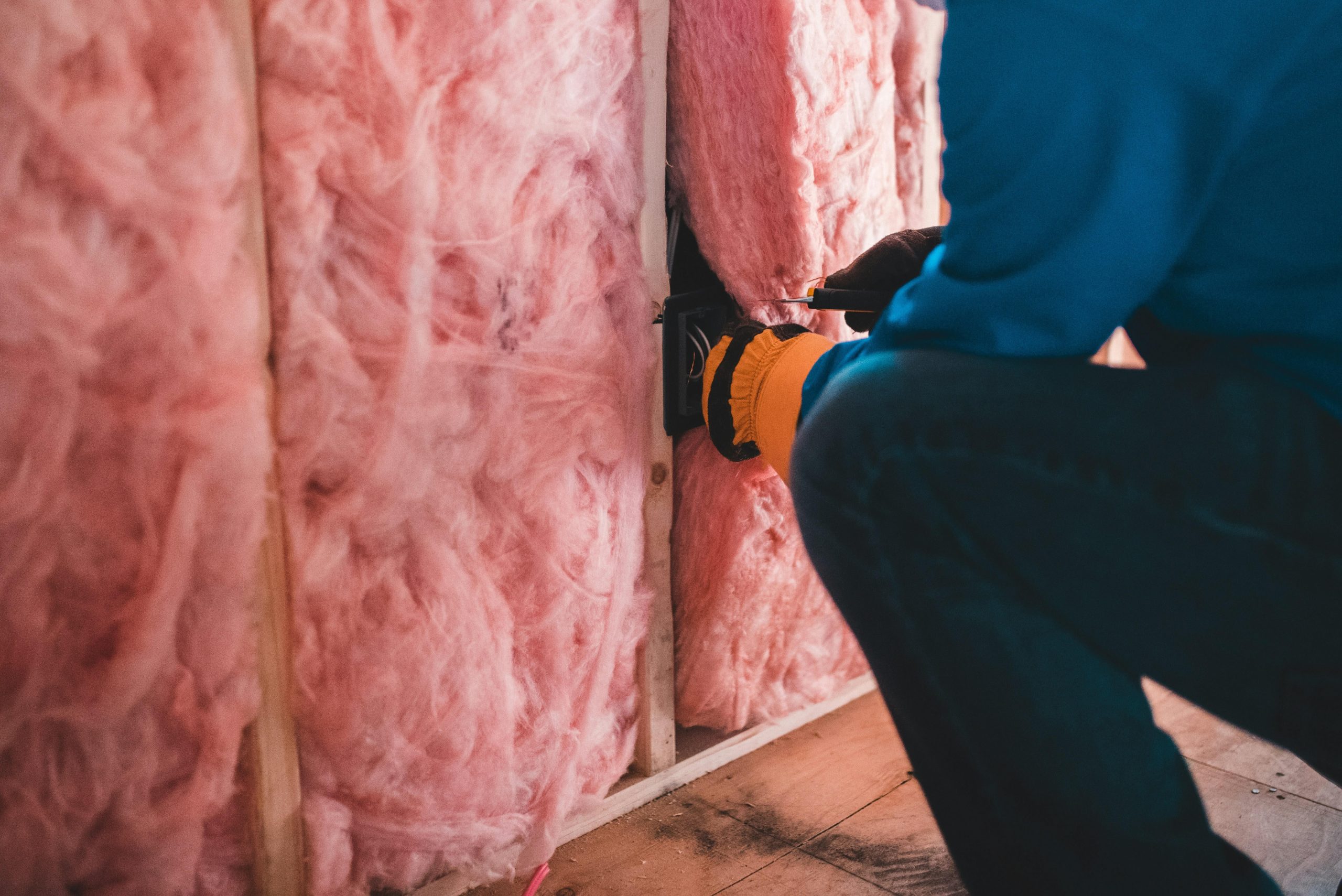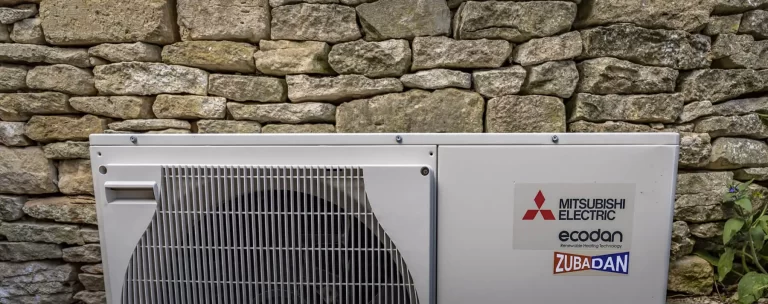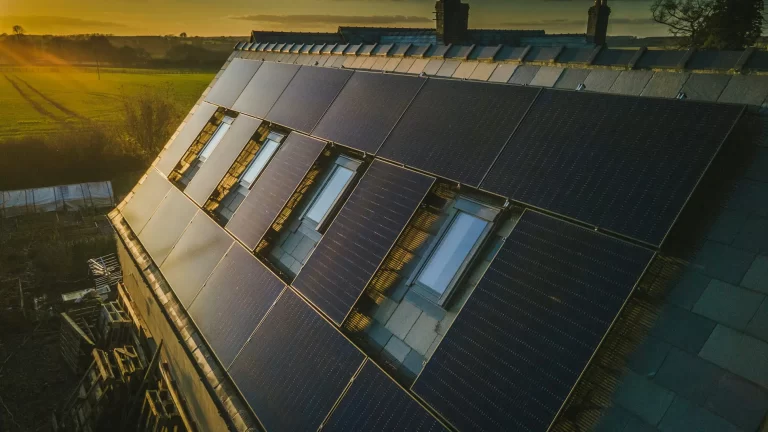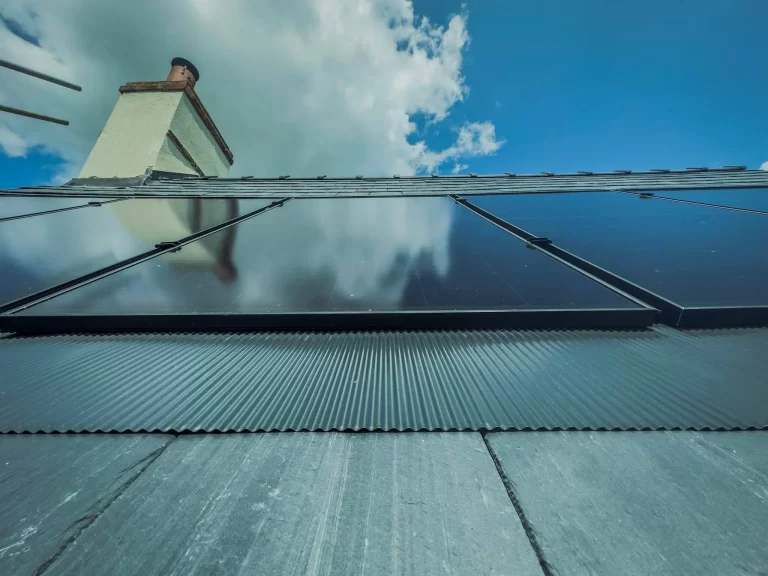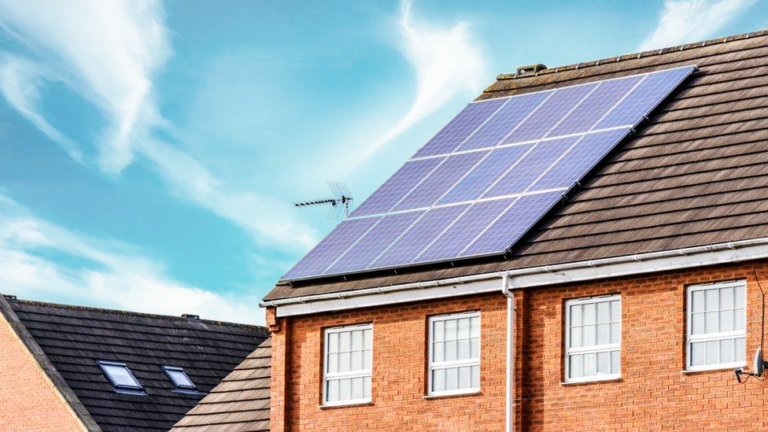Retrofitting – it’s a term that many homeowners may have heard banded about, but can you say you’re wholly confident with what retrofitting is? Or what it might entail? Retrofitting is the process of updating your home with new technologies or structures to make it more energy efficient, with a view to lowering your energy bills in the long term.
This structural or technological makeover can be approached in a number of ways, with some homeowners focusing on single rooms while others look to retrofit their whole house. As retrofitting focuses solely on updating and upgrading the energy efficiency of your home, it’s different from a traditional house renovation which centres on layout and/or aesthetics.
Want to know more? Read on for our comprehensive guide to retrofitting your home.
Why Do We Need to Retrofit Our Homes?
Retrofitting is becoming more and more prevalent and this is due to the multiple benefits it brings. Some of the reasons you might want to consider retrofitting include:
-
- Energy Efficiency: When you upgrade windows, doors, home insulation, heating systems etc, you can improve the energy efficiency of your property. Which can also improve the results of your energy performance certificate.
-
- Savings on Energy Bills: Homeowners can expect to save money in the long term with lower energy bills after a house retrofit.
-
- Property Value Increase: Research carried out by the WWF has shown that UK homes that have been retrofitted have the potential to be worth more on the housing market.
-
- Improved Standard of Living: Retrofitting means less heat loss and improved structural components such as draught-proofing and good insulation mean fewer cold homes, this, in turn, means a better standard of living.
-
- Reaching Climate Change Goals: The UK has a goal to be net zero by 2050. Many experts believe that retrofitting the UK’s housing stock with a national retrofit strategy can help us reach those targets.
Does Your Home Need Retrofitting?
While it’s fair to say that almost all domestic buildings in the UK could benefit from some type of retrofit, it’s specifically older buildings that are more likely to need a whole house retrofit, unlike more modern homes which are built with energy efficiency measures mind.
However, as the benefits of retrofitting are universal it makes sense for all homeowners to explore the options of retrofitting, which systems they could implement and how it could impact the thermal performance of their properties going forward.
Assessing Your Home and Understanding Your Energy Usage
To begin the process of retrofitting, it’s important to both assess and understand the energy usage within your home, these simple steps can help you identify areas that need retrofitting or where energy efficiency could be improved.
-
- Obtain an Energy Performance Certificate: Obtaining an Energy Performance Certificate (EPC) can provide valuable insights into your home’s energy efficiency and usage.
-
- Analyse Your Energy Bills: Review your past utility bills to identify patterns and trends in energy consumption. Look for spikes in usage during certain seasons or with specific appliances.
-
- Thermographic Surveys: Thermal imaging can help pinpoint any areas in your home where there is heat loss and highlight any issues with loft insulation or draught-proofing problems etc.
-
- HVAC Inspection: Have your heating, ventilation, and air conditioning (HVAC) system inspected regularly. Clean or replace air filters, and consider upgrading to a more energy-efficient system if necessary.
Conducting an energy audit will help with identifying energy-efficient opportunities, the results of which could highlight everything from your energy use and secondary glazing opportunities to hot water problems and poor energy-efficient practices. As mentioned above, almost all homes could benefit from retrofitting, so, what might a retrofit project might involve?
What Will A Whole House Retrofit Involve?
The goal of a house retrofit is to modernize the home, reduce energy consumption, lower utility bills, and create a more comfortable and environmentally friendly living space all whilst lowering our reliance on fossil fuels, focusing on renewable energy sources and doing our bit for climate change. Here’s what retrofitting your home could involve.
Evaluating Structural Components
Before undertaking a retrofitting project, it’s crucial to assess the condition of the home’s structural components to identify areas for improvement and ensure the effectiveness of energy-saving measures. This means taking a closer look at the structural components of your home.
Assessing the Condition of Windows, Doors, and Insulation
Windows, doors, and insulation play significant roles in maintaining a comfortable indoor environment and minimizing energy loss. During evaluation, inspect windows and doors for signs of wear, damage, or inadequate sealing that may contribute to drafts and heat loss.
Evaluate the condition and thickness of external wall insulation and cavity wall insulation not forgetting attics, and floors to determine if additional insulation or replacement is necessary. Upgrading to energy-efficient windows and doors and improving insulation can enhance thermal performance and reduce energy consumption.
Checking for Potential Weak Points
Identifying potential weak points in the home’s structure is essential for mitigating energy loss and improving overall efficiency. Common weak points include areas around windows and doors, electrical outlets, piping penetrations, and gaps in walls or ceilings. Use thermal imaging or smoke tests to detect air leaks and drafts, particularly in areas where structural components meet or where different building materials intersect.
By addressing these weak points through sealing, insulation, or structural reinforcement, homeowners can optimize energy efficiency enhance the comfort of their homes and benefit fully from the retrofit process.
Potential Retrofitting Upgrades
From insulation and heat pump installation to renewable energy enhancements, lighting and appliance upgrades, exploring potential retrofitting upgrades allows homeowners to tailor improvements to their specific needs and priorities, ultimately leading to a more efficient and environmentally friendly living space.
Insulation Enhancements: Upgrading insulation in walls, attics, and floors is crucial for energy efficiency. Assess current levels and consider materials like fibreglass or spray foam for better coverage. Improved insulation minimizes heat transfer, maintains indoor temperatures, and lowers heating and cooling expenses.
Weatherization: Weatherization improves home airtightness, preventing energy loss and enhancing comfort. Measures include caulking gaps around windows and doors, adding weatherstripping, and sealing ductwork. These steps optimize heating and cooling efficiency, leading to a more comfortable, energy-efficient home, and lower bills.
Heating and Cooling Solutions – An Introduction to Ground Source Heat Pumps
Ground source heat pumps (GSHPs) offer a promising retrofitting option for homeowners seeking to improve energy efficiency and reduce reliance on traditional heating and cooling systems.
GSHPs utilize the stable temperature of the ground to provide heating in winter and cooling in summer, offering consistent comfort year-round. Retrofitting with GSHPs involves installing ground loops buried underground or vertically drilled boreholes, along with the heat pump unit indoors. Ground source heat pumps provide long-term energy savings and environmental benefits, making them a viable retrofitting choice for those prioritizing sustainability and long-term efficiency gains.
Benefits of GSHP
-
- Energy Efficiency: GSHPs utilize stable ground temperatures for heating and cooling, offering high efficiency and reduced energy consumption.
-
- Year-Round Comfort: They provide consistent heating in winter and cooling in summer, ensuring comfortable indoor temperatures throughout the year.
-
- Environmental Friendliness: GSHPs produce fewer greenhouse gas emissions compared to traditional heating and cooling systems, contributing to a greener environment.
-
- Long-Term Savings: Despite higher upfront costs, GSHPs offer significant long-term savings on energy bills, making them a cost-effective investment over time.
-
- Quiet Operation: GSHPs operate quietly compared to air-source heat pumps or traditional HVAC systems, offering a peaceful indoor environment.
-
- No Fuel Deliveries: GSHPs eliminate the need for fuel deliveries, storage tanks, or regular refills associated with oil or propane heating systems
Ground Source Heat Pumps offer consistent, quiet heating and cooling, with low operating costs, long lifespan, and minimal maintenance, enhancing property value, making them the perfect retrofitting option.
Air Source Heat Pumps
Air source heat pumps offer an eco-friendly alternative for heating and cooling, efficiently transferring heat between your home and the outside air. They provide a sustainable option by using less energy, reducing utility bills, and minimizing carbon emissions, making them a practical and environmentally conscious choice for modern living.
-
- Energy Efficiency: ASHPs can produce up to three times more heat energy than the electricity they consume, making them highly efficient heating solutions.
-
- Reduced Carbon Emissions: By utilizing renewable energy from the air, ASHPs produce lower carbon emissions compared to traditional heating systems, contributing to environmental sustainability.
-
- Year-Round Functionality: ASHPs can provide both heating in winter and cooling in summer through a reversible cycle, offering year-round comfort in homes.
-
- Cost Savings: Although initial installation costs may be higher, ASHPs can lead to significant long-term savings on energy bills due to their high efficiency and reduced reliance on fossil fuels.
-
- Government Incentives: In many countries, including the UK, government incentives such as the Renewable Heat Incentive (RHI) may be available to support the installation of ASHPs, further enhancing their affordability and attractiveness.
Overall, ASHPs offer a sustainable and efficient heating solution for homes, providing comfort, cost savings, and environmental benefits.
Upgrading Windows and Doors
Upgrading windows and doors is a smart retrofitting option as it improves energy efficiency, enhances comfort, and reduces drafts. Modern options offer better insulation and sealing, leading to reduced heating and cooling costs. Additionally, upgraded windows and doors can enhance the aesthetic appeal and value of the home.
Lighting and Appliances
Updating lighting and appliances during a retrofit process is essential for improving energy efficiency and reducing utility bills. Switching to energy-efficient LED lighting and upgrading to energy-efficient appliances not only lowers electricity consumption but also enhances the overall comfort and convenience of the home.
Upgrading appliances as part of a retrofit process offers numerous benefits beyond energy efficiency. New appliances often come with advanced features such as smart technology integration, improved performance, and enhanced durability. Additionally, modern appliances are designed to meet stricter energy efficiency standards, resulting in further cost savings and reduced environmental impact over their lifespan.
Renewable Energy Integration
Integrating renewable energy into your home during retrofitting enhances sustainability and reduces reliance on traditional energy sources. Options like solar panels or wind turbines generate clean electricity, reducing carbon footprint and energy bills. Retrofitting allows seamless integration of renewable energy systems, contributing to a greener and more self-sufficient home.
-
- Solar Power and Panel Installation: Solar panels and solar power systems harness sunlight to generate clean electricity, reducing carbon footprint and energy bills.
-
- Wind And Other Options: Wind turbines and other renewable options offer alternative sources of energy, further diversifying your home’s energy supply and contributing to a greener and more self-sufficient living environment.
How Much Does Retrofitting Cost?
Retrofitting costs vary depending on the scope of upgrades and home size, but the investment yields significant long-term benefits. While initial expenses may be involved, retrofitting enhances energy efficiency, comfort, and property value. With careful planning and prioritization, homeowners can achieve cost-effective upgrades tailored to their needs, leading to reduced utility bills, improved living conditions, and a more sustainable home.
Financial Incentives and Considerations
There are multiple incentives and schemes in place to help a significant proportion of UK homeowners to retrofit their existing homes. The UK government offers several financial incentives to encourage retrofitting and improve energy efficiency in homes:
Green Homes Grant: Although the Green Homes Grant scheme ended in March 2021, some local authorities may still offer grants or financial assistance for energy-efficient home improvements.
Energy Company Obligation (ECO): ECO provides funding from energy suppliers to help those on low incomes and in vulnerable households with energy efficiency measures such as insulation and heating upgrades.
Local Authority Grants: Some local councils offer grants or incentives for retrofitting projects aimed at improving energy efficiency and reducing carbon emissions.
Home Upgrade Grant (HUG): Providing energy-efficient upgrades to homes that are of low income, have an EPC between D & G and live in a specific local authority area.
Final Thoughts on House Retrofits
In conclusion, retrofitting offers a multitude of strategies to enhance the sustainability and energy efficiency of your home. From insulation upgrades and weatherization measures to the integration of renewable energy systems like solar panels and heat pumps, there are numerous options to consider.
By investing in retrofitting, homeowners can not only reduce their environmental impact but also enjoy long-term cost savings, improved comfort, and increased property value. Embracing sustainable living through retrofitting is not only beneficial for the planet but also for creating a healthier and more comfortable living environment for you and your family. Explore the possibilities of retrofitting today and take the first step towards a more sustainable future.

